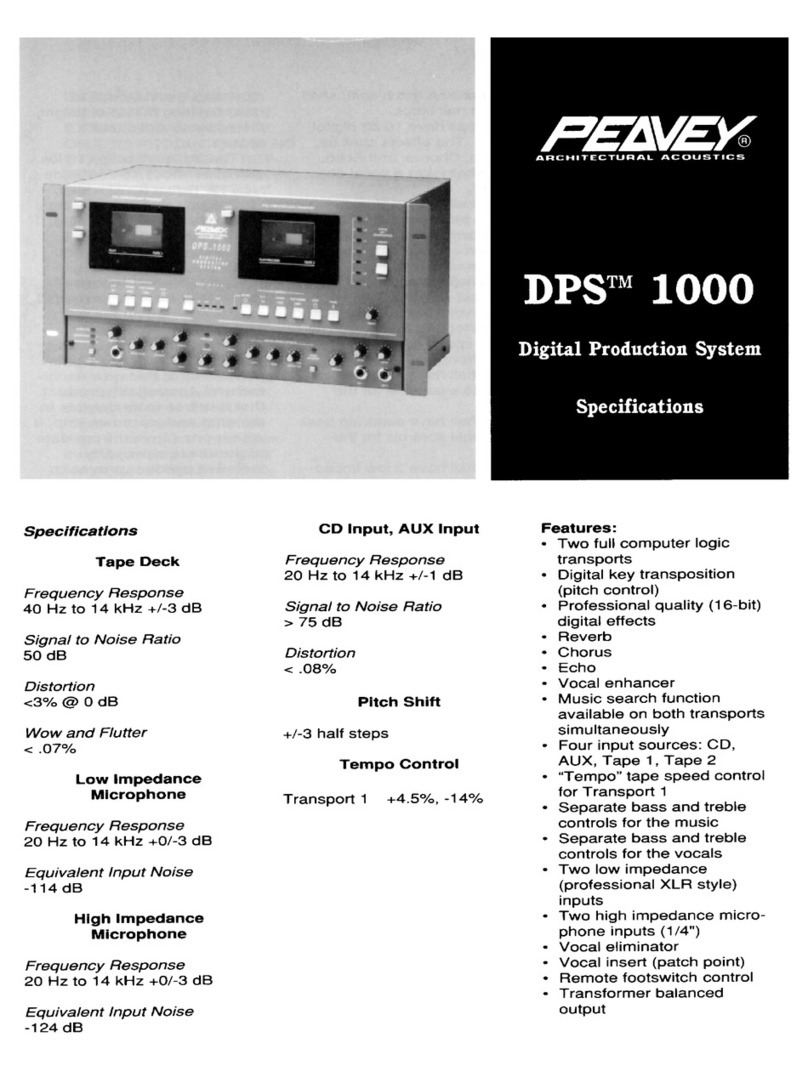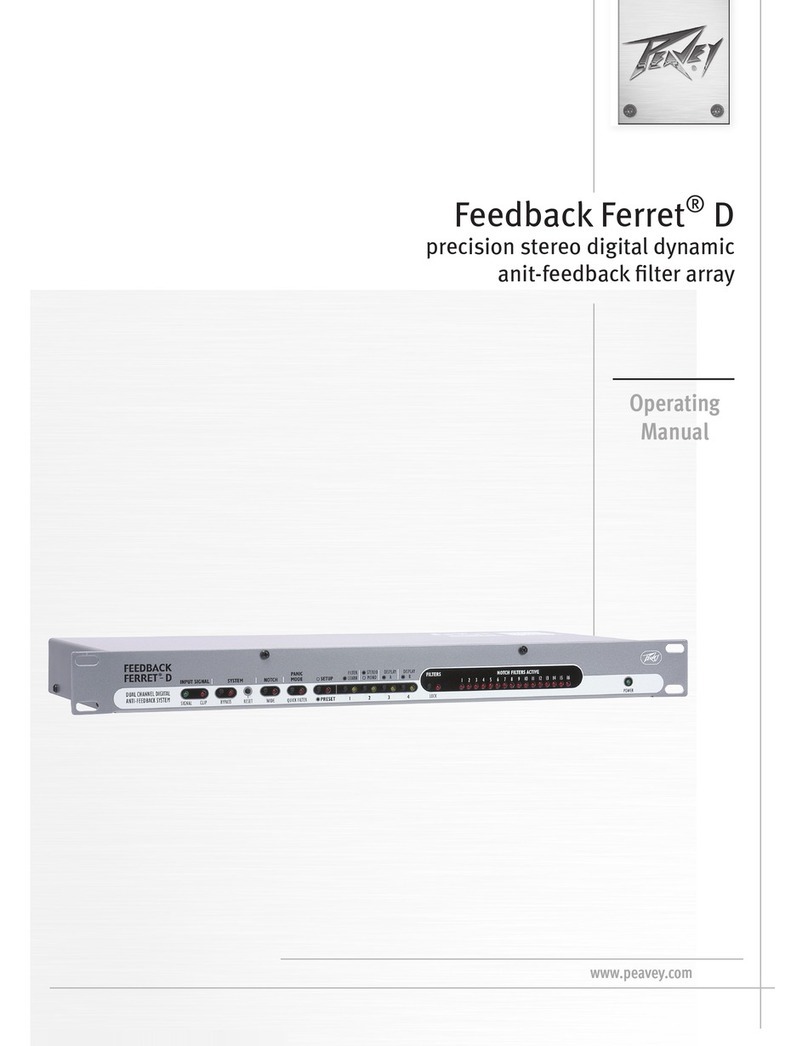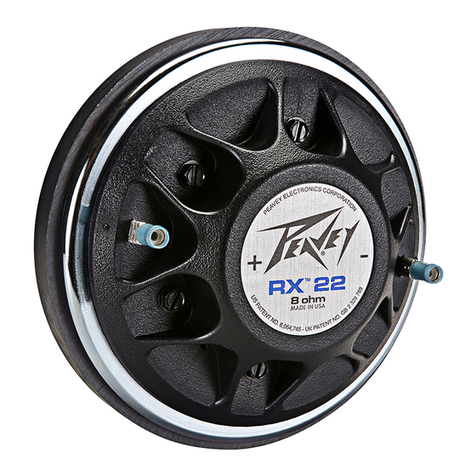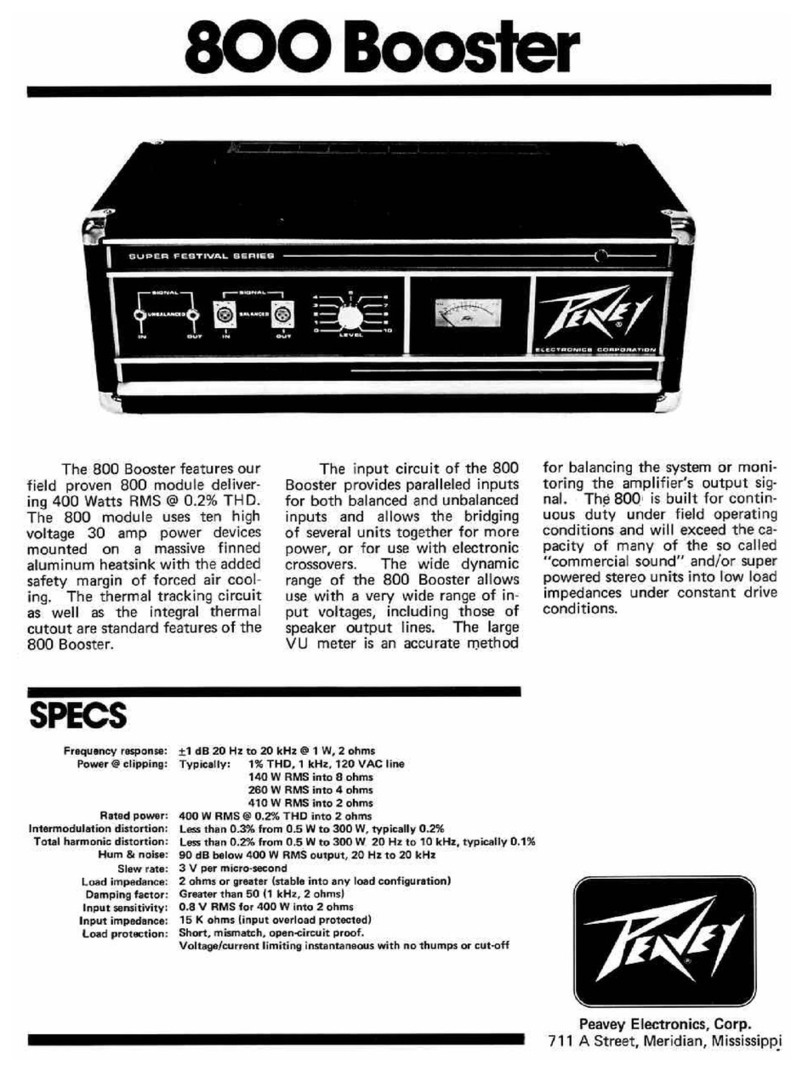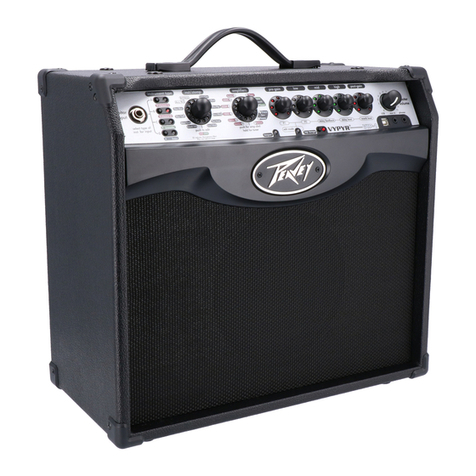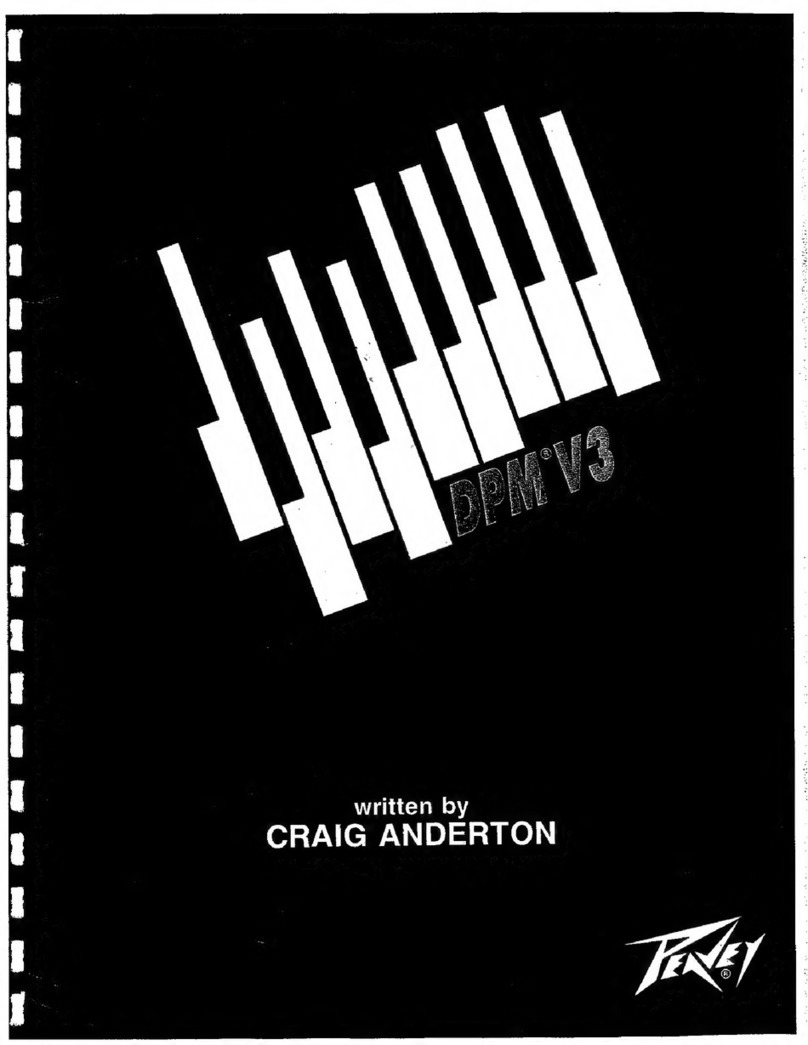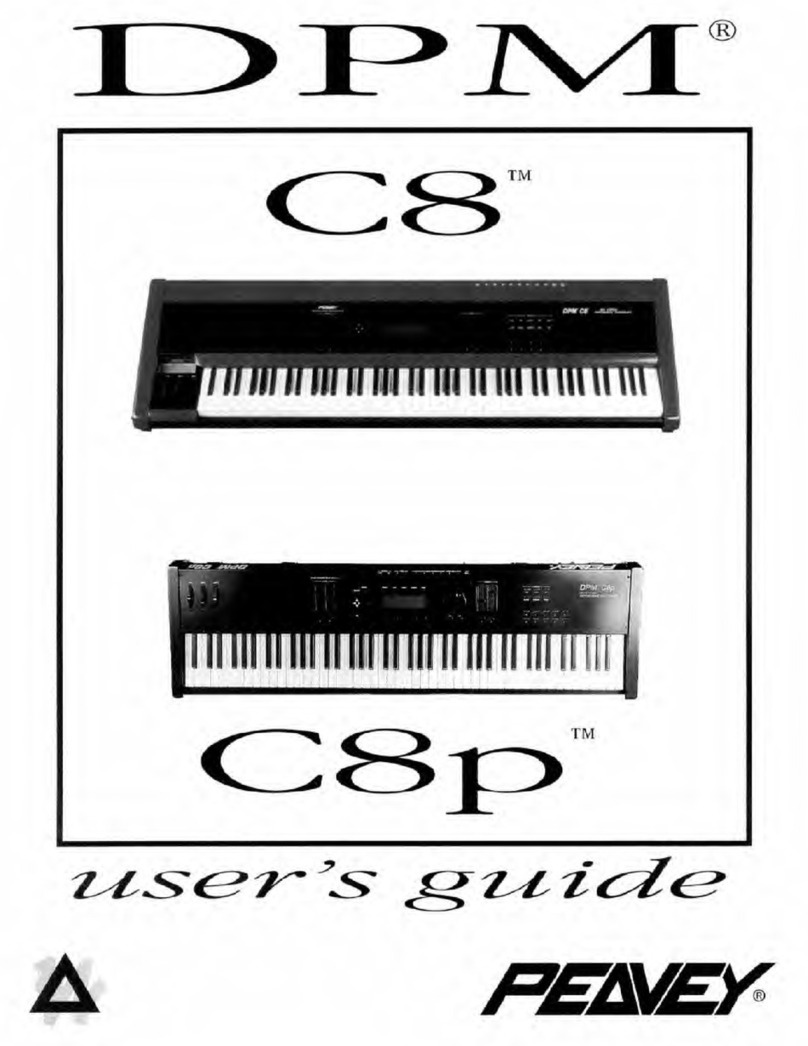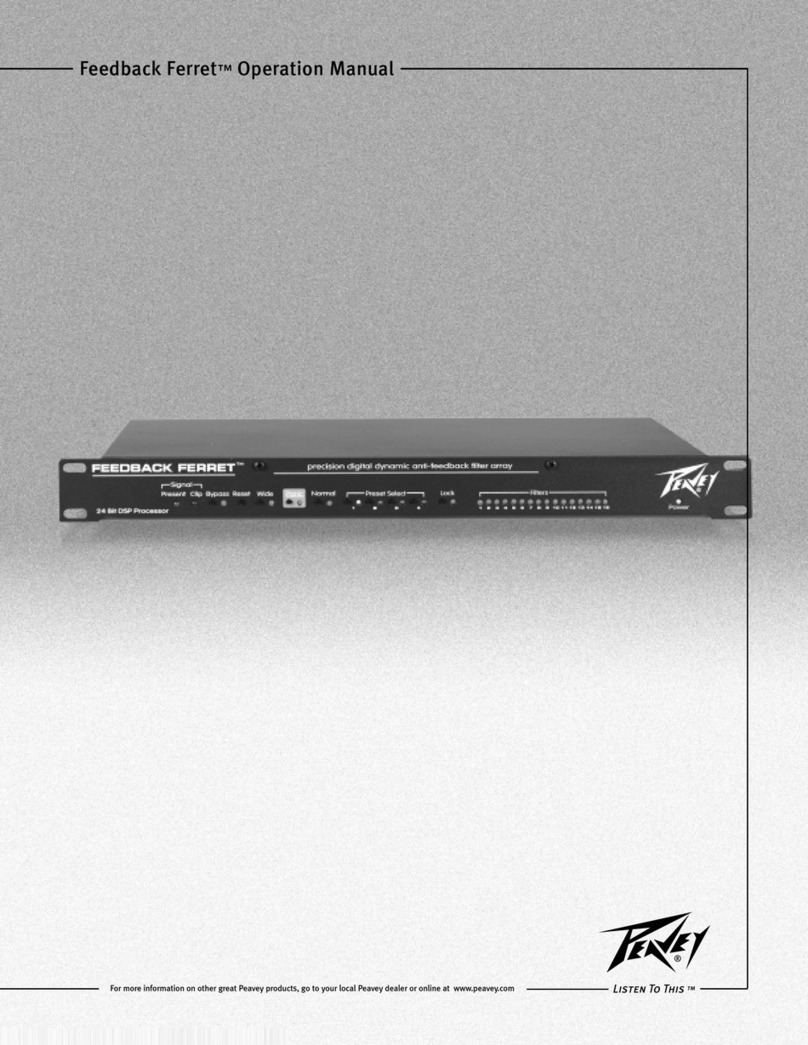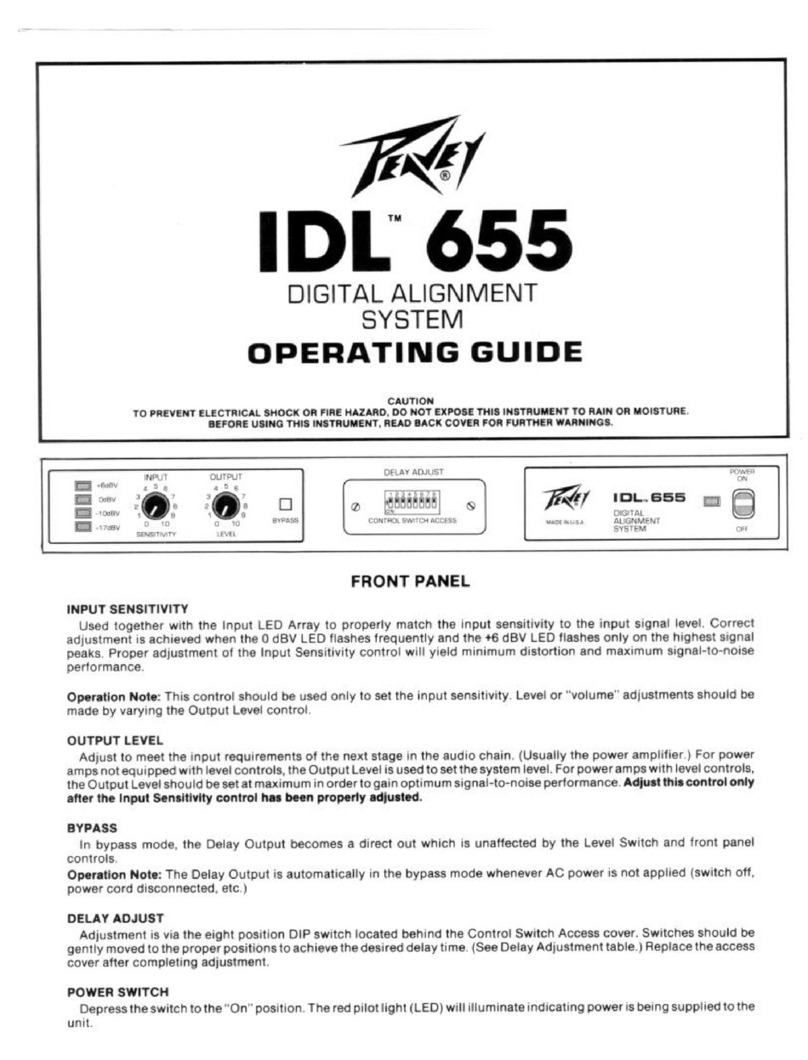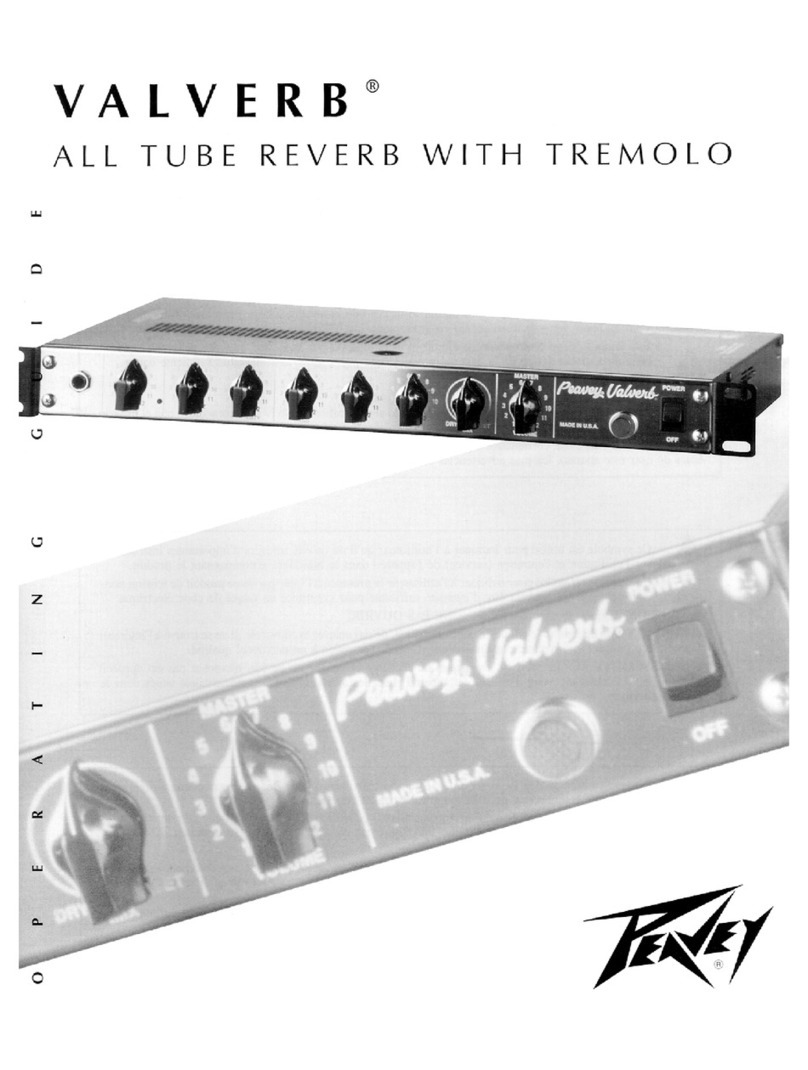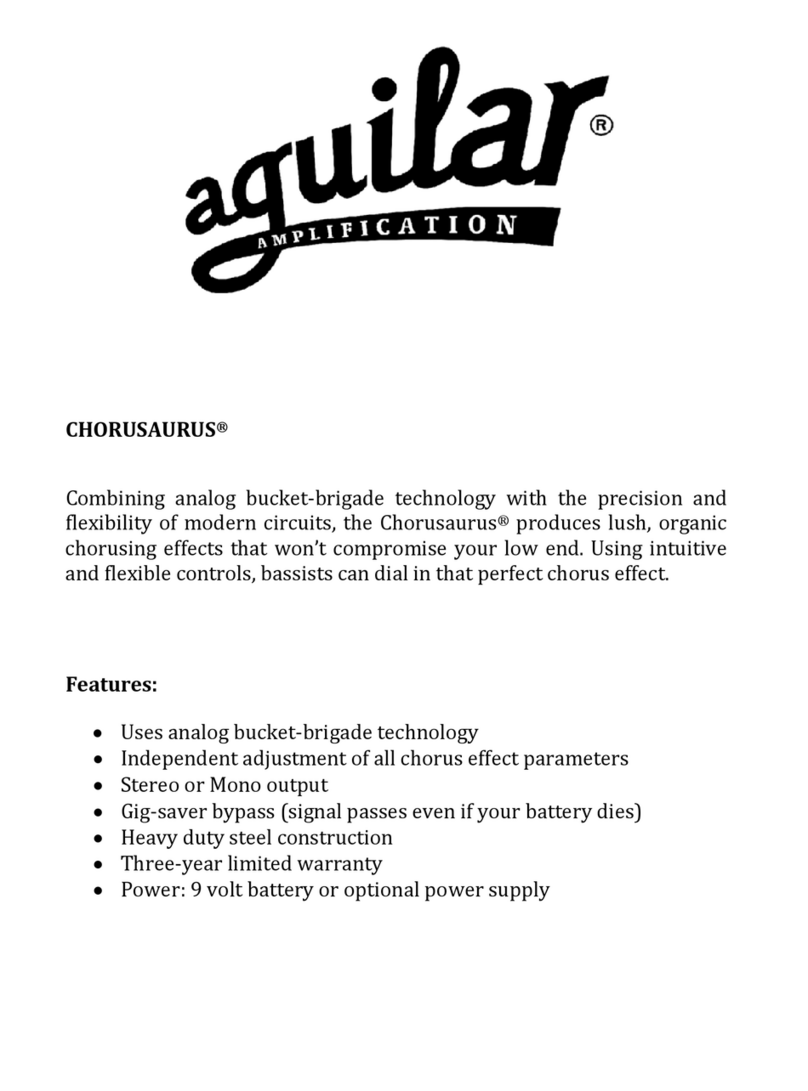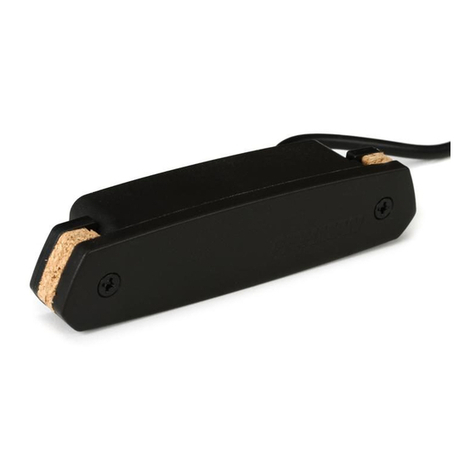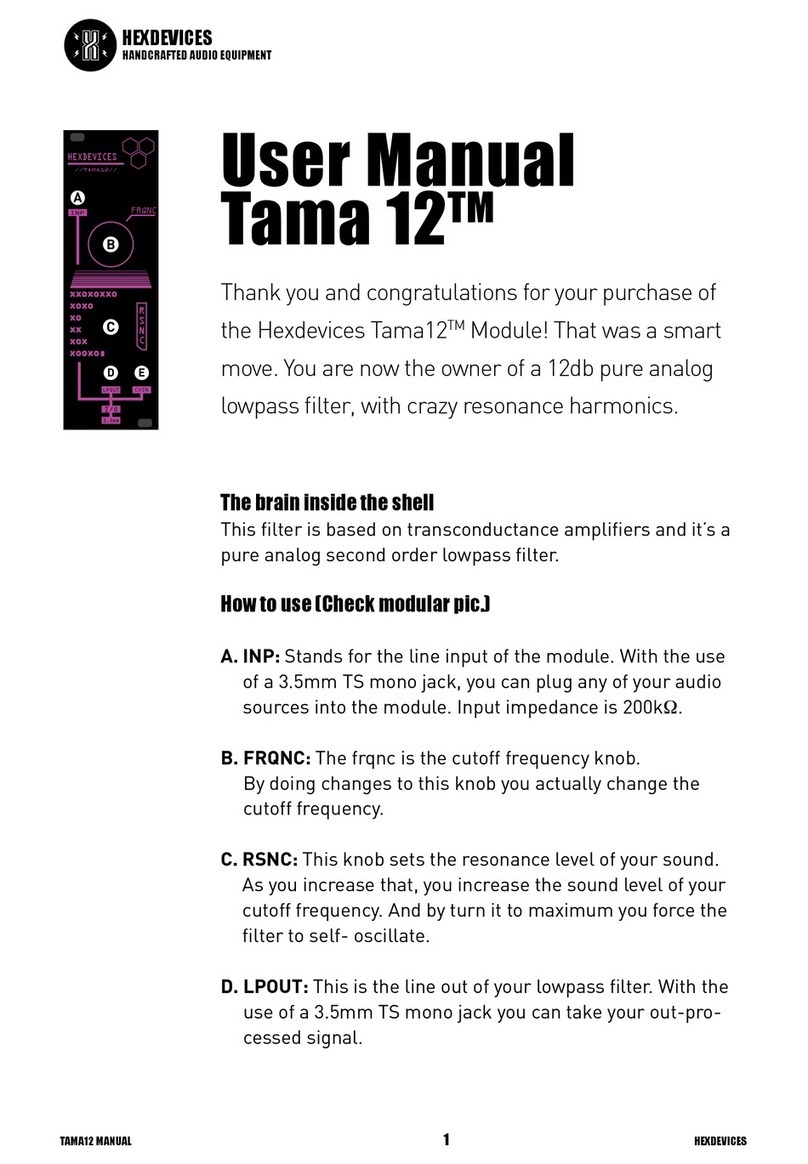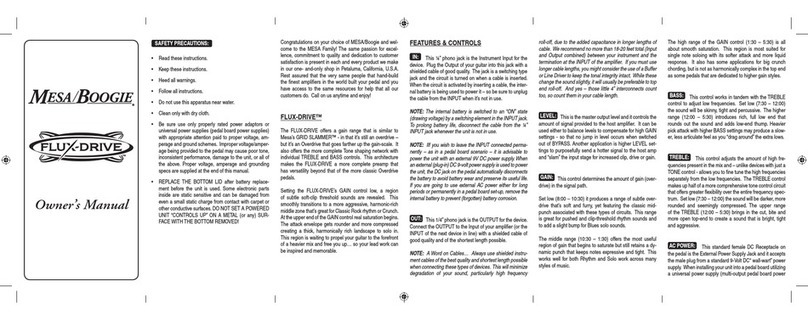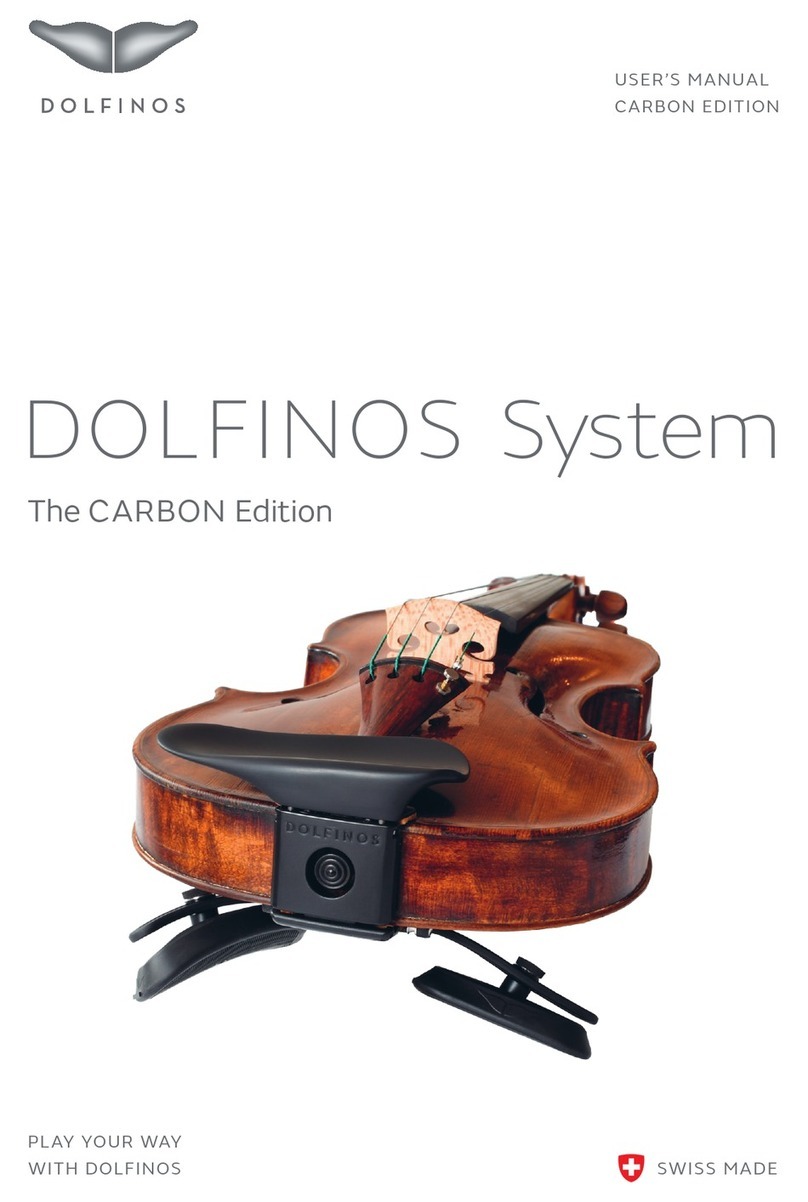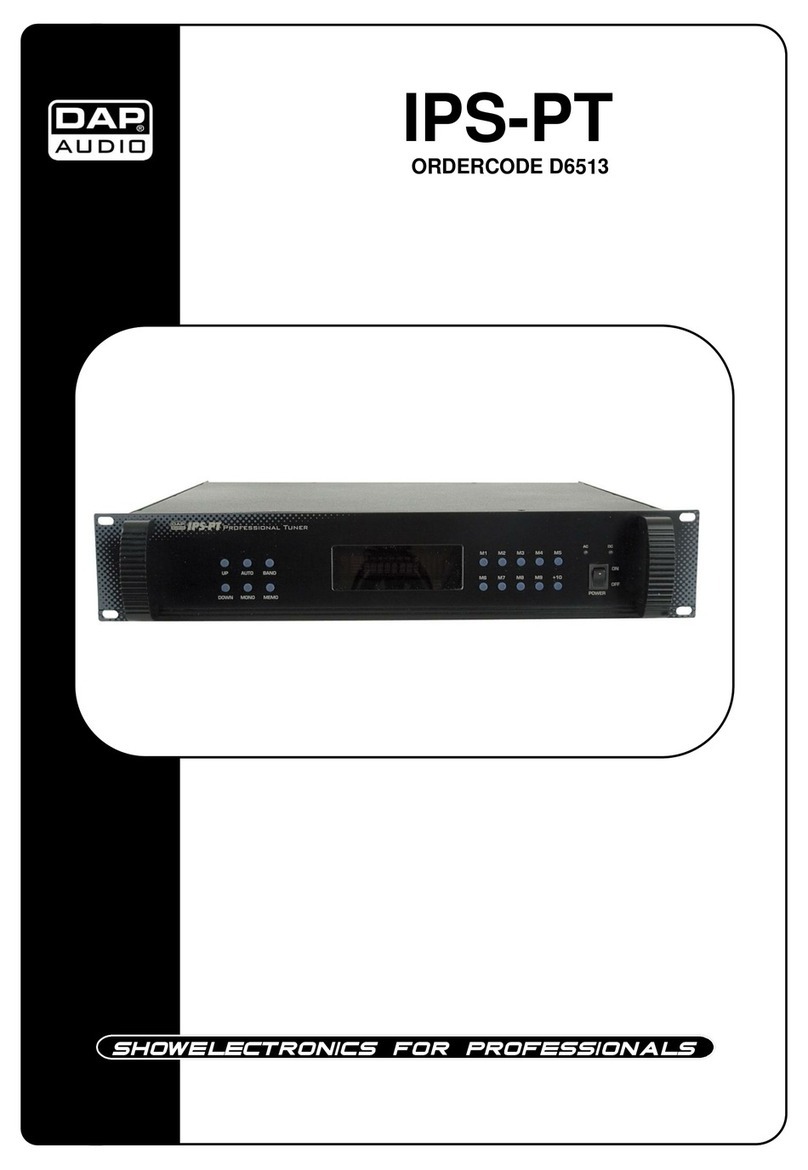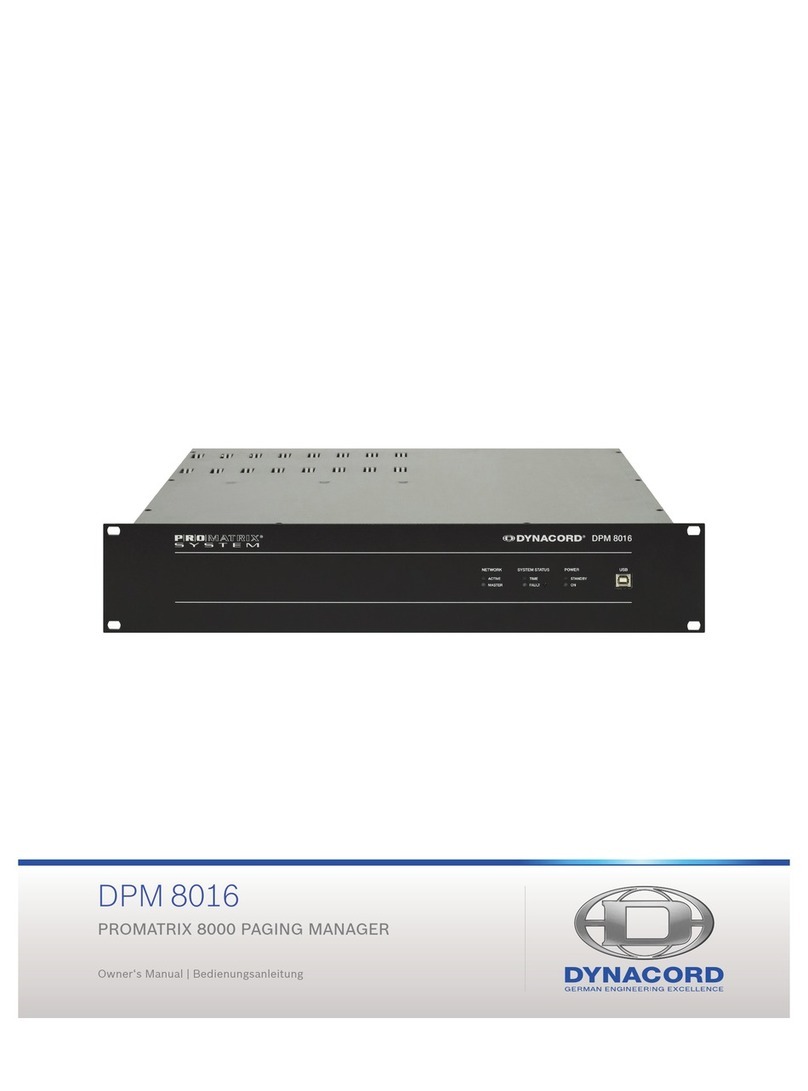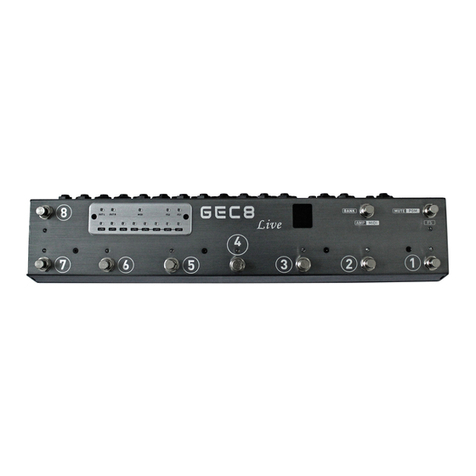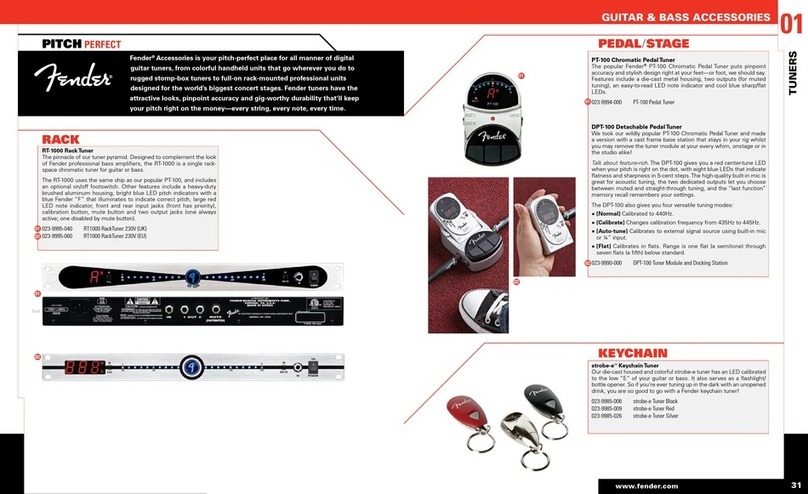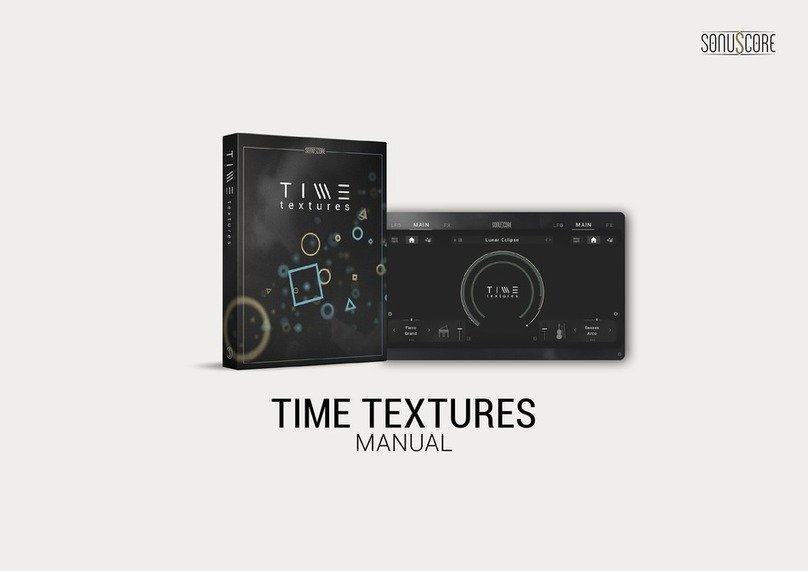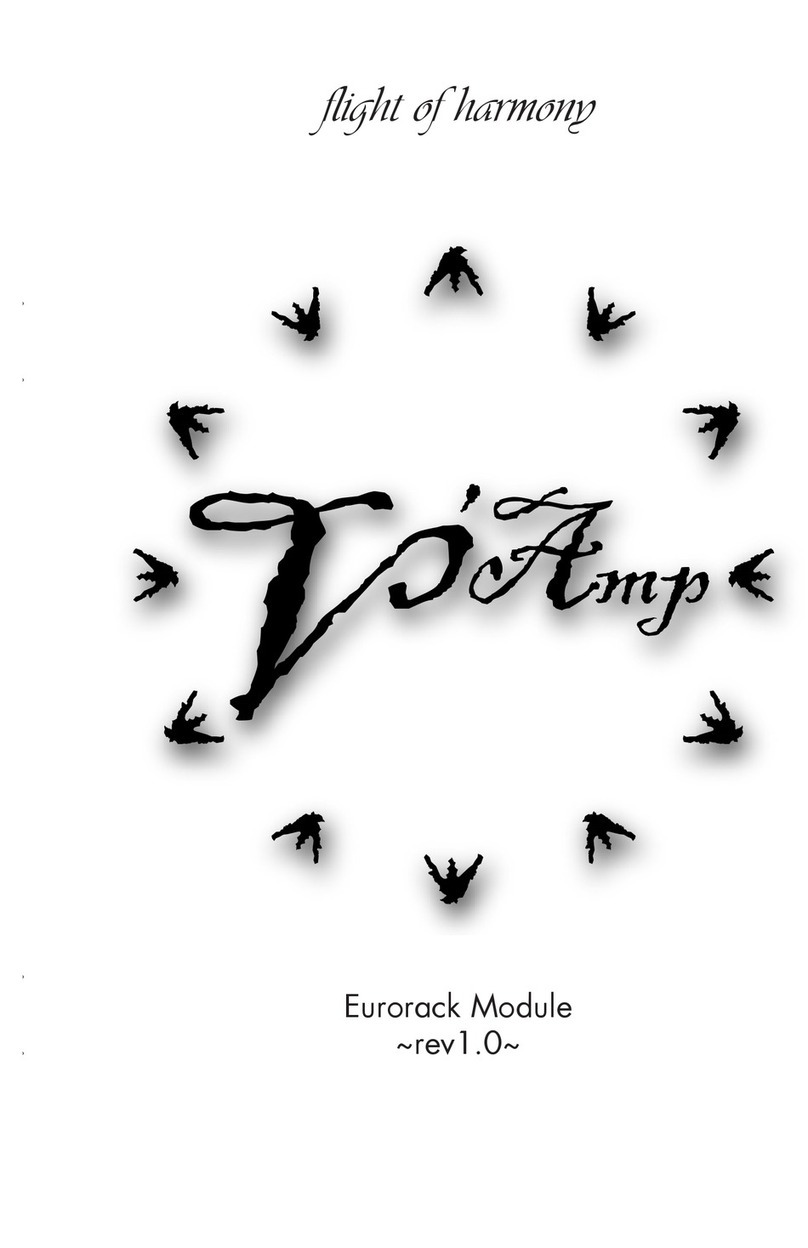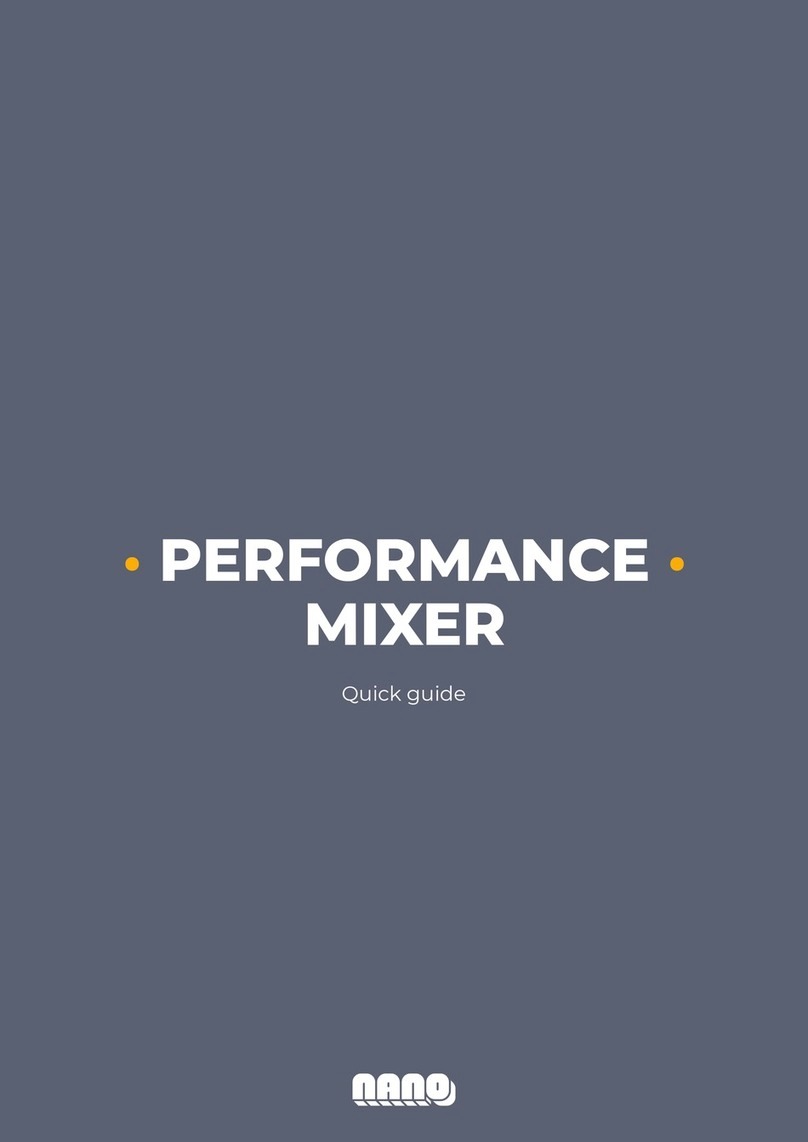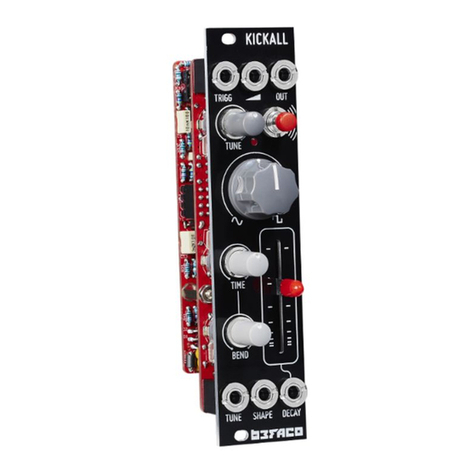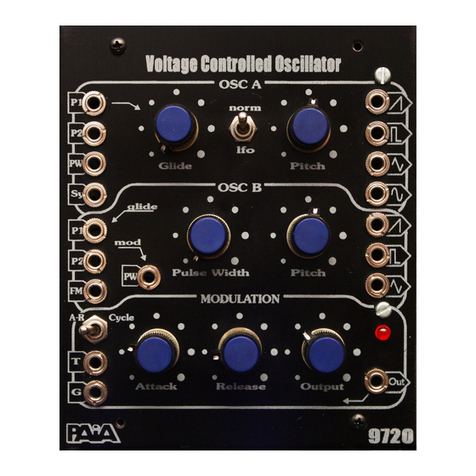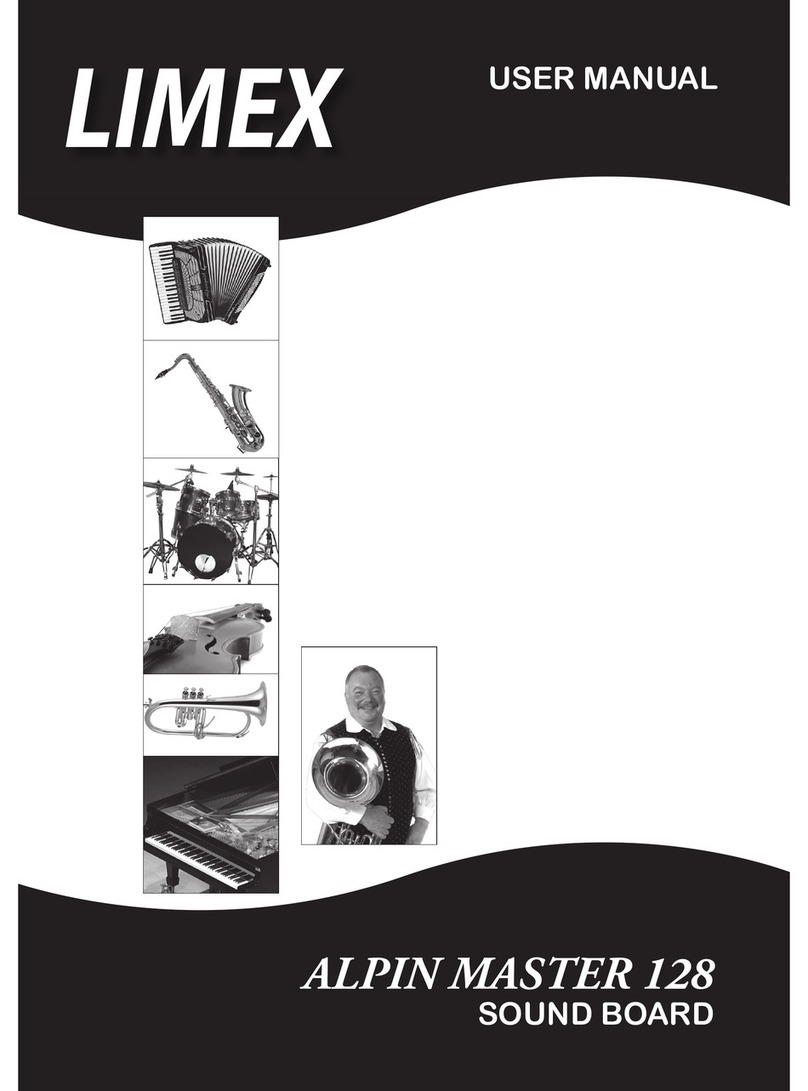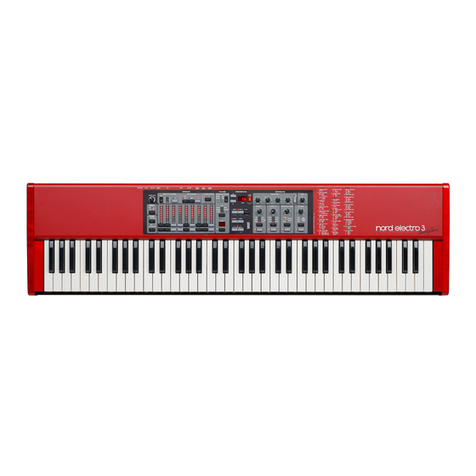
POWER
AMPLIFIER
SECTION:
200H
Module
FREQUENCY
RESPONSE:
+0,
-1
dB,
30
Hz
to
30
kHz,
@
100W
into
4
ohms
RATED
POWER
&
LOAD:
100W
RMS
into
4
ohms
POWER
@
CLIPPING:
(1%
THD,
1
kHz,
120
VAC
line)
Typically:
80W
RMS
into
8
ohms
120W
RMS
into
4
ohms
2
ohm
load
not
recommended
TOTAL
HARMONIC
DISTORTION:
Less
than
0.2%,
100
mW
to
100W
RMS,
50
Hzto
10kHz,
4
ohms,
Typically
below
0.1%
INTERMODULATION
DISTORTION:
Less
than
0.2%,
100
mW
to
100W RMS,
60
Hz
&
5
kHz,
4
ohms,
Typically
below
0.1%
SLEW
RATE:
Greater
than
15V
u/Sec
DAMPING
FACTOR:
Greater
than
50
@
1
kHz,
4
ohms
POWER
REQUIREMENTS:
(DOMESTIC)
300W,
120
VAC,
50/60
Hz
PREAMP
SECTION:
THE
FOLLOWING
SPECS
ARE
MEASURED
@
1
kHz
WITH
THE
CONTROLS
PRESET
AT
THESE
TYPICAL
SETTINGS:
SATURATION"
@
0
FREQUENCY
@
500
Hz
LOW
EQ
@
+6
HIGH
EQ
O
+9
РАВАМО"
@
-6
POST
GAIN
@
10
NOMINAL
LEVELS
ARE
WITH
PRE
GAIN
@
12:00
MINIMUM
LEVELS
ARE
WITH
PRE
GAIN
@
FULL
CLOCKWISE.
PREAMP
INPUT
CHARACTERISTICS:
HIGH
GAIN
INPUT
JACK:
Impedance:
High
Z,
220K
ohms
Nominal
Input
Level:
-26
dBV,
50
mV
RMS
Minimum
Input
Level:
-46
dBV,
5
mV
RMS
Maximum
Input
Level:
+6
dBV,
2V
RMS
LOW
GAIN
INPUT
JACK:
Impedance:
High
Z,
44K
ohms
Nominal
Input
Level:
-20
dBV,
100
mV
RMS
Minimum
Input
Level:
-40
dBV,
10
mV
RMS
Maximum
Input
Level:
+12
dBV,
4V
RMS
POWER
AMP
INPUT:
Impedance:
High
Z,
47K
Nominal
Input
Level:
0
dBV,
1V
RMS
SIGNAL-TO-NOISE
RATIO
(2
NOMNAL
INPUT
LEVEL:
75
dB,
20
Hz
to
20
kHz
unweighted
EQUALIZATION:
+-15
dB
@
80
Hz
&
8
kHz,
Shelving
+-15
dB
@
PARAMID,
Peak/Notch
Mid
is
shiftable
from
150
Hz
to
1,500
Hz
PREAMP
OUTPUT:
Load
Impedance:
10K
ohms
or
greater
Nominal
Output:
0
dBV,
1V
RMS
Maximum
Output:
+14
dBV,
5V
RMS
into
50K
ohms
Due
to
our
offorte
for
constant
improvement,
specification
are
subject
to
change
without
notice.
EXPOSURE
TO
EXTREMELY
MIGH
NOISE
LEVELS
MAY
CAUSE
A
PERMANENT
HEARING
LOSS
INDIV
DONLS
VARY
CONSIDERABLY
IN
SUSCEPTIBILITY
TO
NOISE
INDUCE
HEARING
LOSS.
BUT
NEARLY
EVERYONE
WILL
LOSE
SOME
HEARING
IF
EXPOSED
TO
SUFFICIENTLY
INTENSE
NOISE
FOR
A
SUFFICIENT
T!
SHEUS
GOVERNMENTS
OCCUPATIONAL
SAFETY
AND
HEALTH
ADMINIS
TRAFON
сони)
Haa
SPECIFIED
TE
FOLLOWING
PERMISSIBLE
NOISE
LEVEL
EXPOSURES
sccorona
ro
gud
evello
Овеуа!сашогв
ntheoperatinginstuctionsandonthe
оо
he
unt
A
operative
instructions
shoul
bo
followed
Tis
product
should
not
be
used
near
water
|e.
a
BAR:
swimming
pool.
wet
basement:
ec.
SOUND
LEVEL
dBA
SLOW
RESPONSE
coos
sroul
always
be
nanclecaroWy.
ТЕТІ
15
Tals
un
shoud
bo
cnacias
by
а
quals
senice
AS
The
power
supo
cora
lug
has
been
comagos
es
Int
against
a
al
or
placed
ina
Bali
enclosure.
{ha
wil
pecs
tne
How
of
cooking
air
Тод
produci
should
ect
be
place
rear
a
sourcegi
reat
“eve,
radiator
br
another
Rast
роди.
amplior
Yi
rodecistobemonocianoqtibmontrack
rar
Support
shouid
pa
provided
The
tnt
nas
boon
dropped
ore
enclosure
camaged
КТП
ДІ
РЕАУЕҮ
ELECTRONICS
CORP.
711
A
Street
Meridian,
MS
39301
91980
Revised
3/88
